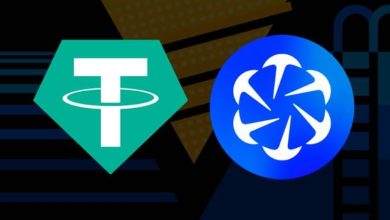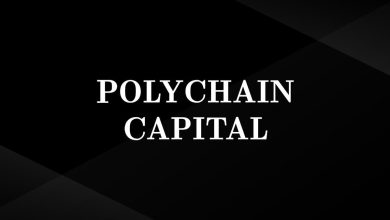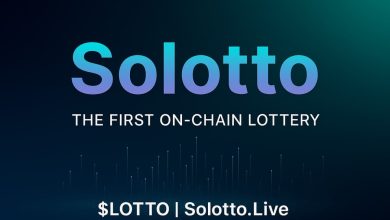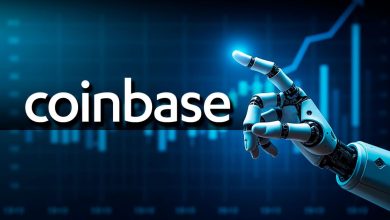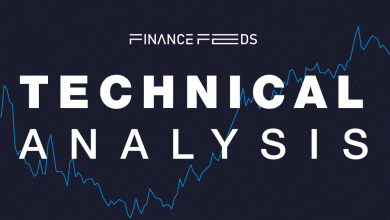Blockchain Explorers Explained: How They Work, Key Features, and Top Tools


Blockchain technology is often described as transparent and immutable. Every transaction, block, and wallet address exists on a public ledger, accessible to anyone. But while the data is there, raw blockchain information is highly technical and unreadable to the average person. This is where blockchain explorers come in.
A blockchain explorer is a search engine and visualization tool for blockchain networks. It allows users to view, track, and analyze blockchain data in a user-friendly interface, much like how a web browser lets people navigate the internet. Whether you want to check if a transaction has gone through, monitor Transaction fees, or study historical blocks, explorers are the essential gateway into blockchain transparency.
Key Takeaways
-
Blockchain explorers are search engines that make raw blockchain data readable and accessible.
-
They allow users to track transactions, view block details, and check wallet balances.
-
Popular explorers include Etherscan, Blockchain.com Explorer, BscScan, Blockchair, and Tokenview.
-
Explorers are essential for transparency, security, research, and compliance in blockchain ecosystems.
-
The future of explorers lies in cross-chain tracking, DeFi/NFT integration, and advanced analytics.
How Blockchain Explorers Work
At their core, explorers are interfaces that query data from blockchain nodes, process it, and present it in a structured way.
Blockchain Node Connection: Explorers connect to a full node of the blockchain they support. This node contains the complete record of transactions and blocks.
Indexing Data: The explorer software parses and indexes data—organizing blocks, transactions, addresses, and activity into a searchable format.
User Interface: Once indexed, the data is presented through a web application that lets users search by transaction hash, block number, wallet address, or token.
For example, on ETH, if you input a transaction hash into Etherscan, the explorer queries the blockchain, fetches the transaction details, and displays confirmations, sender and receiver addresses, gas used, and timestamps.
Key Features of Blockchain Explorers
diverse explorers may specialize in specific blockchains or features, but most share a common set of functionalities:
-
Transaction Tracking: Search for a transaction ID (TxID) to check status, confirmations, value transferred, and involved addresses.
-
Block Details: View mined block information, including block height, timestamp, miner, block reward, and transaction list.
-
Wallet Balances and Activity: Inputting a public address reveals token balances, transaction history, and in some cases, holdings.
-
Smart Contract Interactions: For smart contract-enabled chains like ETH, explorers allow users to view contract code, verify deployment, and track activity.
-
Network Metrics: Many explorers display real-time statistics such as hash rate, hardy, transaction throughput, and Transaction fees.
-
Token Tracking: On multi-asset networks, explorers index and track ERC-20, BEP-20, or other token standards, giving visibility into supply and holders.
Examples of Popular Blockchain Explorers
Examples of popular blockchain explorers include a range of tools tailored to specific networks and multi-chain support. For BTC, widely used explorers are Blockchain.com Explorer and Blockstream.info. On ETH, stands out as the most popular option, offering extensive developer tools and APIs, alongside alternatives like Ethplorer.
For the BNB Chain, BscScan—developed by the identical team behind Etherscan—serves as the primary explorer. Meanwhile, multi-chain explorers such as Blockchair, which supports BTC, ETH, and several other blockchains, and Tokenview, provide cross-network visibility. These platforms have become critical tools not only for users but also for developers, researchers, regulators, and forensic investigators.
Why Blockchain Explorers Matter
Blockchain explorers are more than utilities—they embody the principle of transparency that blockchains promise. Their importance includes:
-
Trustless Verification: Anyone can independently verify a transaction without relying on an intermediary.
-
Enhanced Security: Users can confirm they’re sending funds to the correct address or check whether a transaction is stuck or failed.
-
Research and Analysis: Explorers provide insights into network health, adoption trends, and whale movements—assistful for traders and analysts.
-
Developer and Compliance Tools: Developers use explorers to debug smart contracts, while compliance teams monitor suspicious activity for AML/CFT purposes.
Limitations of Blockchain Explorers
While powerful, explorers have their constraints:
-
Read-Only Access: They provide visibility but no control over transactions. Users still need wallets to send or receive crypto.
-
Chain-Specific: Most explorers only support one chain. Multi-chain explorers exist but often lack depth in advanced features.
-
Privacy Concerns: Since blockchain data is public, explorers make wallet activity traceable, raising concerns for user anonymity.
-
Reliance on Indexing: If an explorer’s node or indexing is outdated, displayed data may lag behind real-time blockchain activity.
The Future of Blockchain Explorers
As blockchains evolve into multi-chain and , explorers are adapting. Emerging trends include:
-
Cross-Chain Search: Tools that allow users to track assets across multiple networks.
-
DeFi and NFT Integration: Explorers are adding dashboards for liquidity pools, yield farms, and NFT collections.
-
On-Chain Analytics: Platforms are merging explorer functionality with advanced analytics, providing market intelligence alongside raw blockchain data.
-
User-Centric Design: Explorers are moving from technical dashboards to more intuitive, mobile-friendly interfaces for mainstream adoption.
Conclusion
Blockchain explorers are indispensable in making the decentralized world accessible. They serve as the lens through which raw blockchain data becomes understandable, empowering users to verify transactions, monitor networks, and analyze activity.
As the ecosystem grows in complexity—with multiple chains, scaling answers, and tokenized assets—explorers will remain at the center of blockchain transparency, shaping how individuals and institutions interact with decentralized systems.
Frequently Asked Questions (FAQs)
FAQs
1. What is a blockchain explorer?
A blockchain explorer is an online tool that lets users search, track, and analyze blockchain data such as transactions, wallet addresses, and blocks.
2. How do blockchain explorers work?
They connect to blockchain nodes, index the data, and display it in a user-friendly format where users can search by transaction ID, block number, or wallet address.
3. Are blockchain explorers free to use?
Yes, most blockchain explorers are free, though some offer premium features, APIs, or analytics services for developers and institutions.
4. Can I use a blockchain explorer to send or receive crypto?
No. Explorers are read-only tools. You need a wallet to send or receive crypto, while explorers are used only to view and verify data.
5. Which blockchain explorer is the most popular?
For ETH, Etherscan is the most widely used explorer, while Blockchain.com Explorer and Blockstream.info are popular for BTC.



